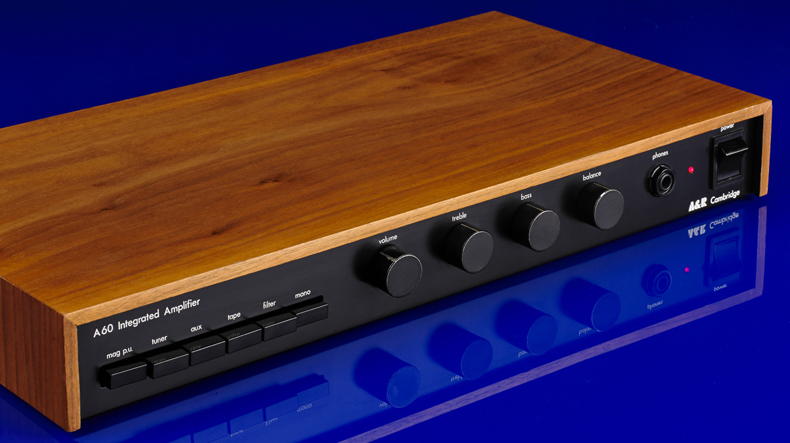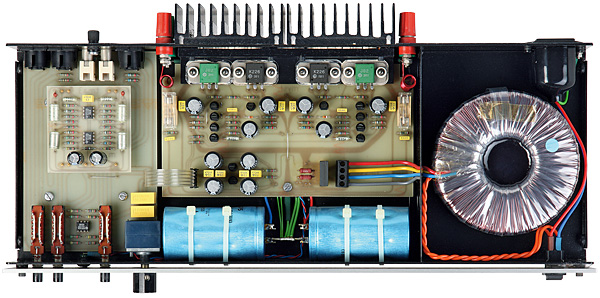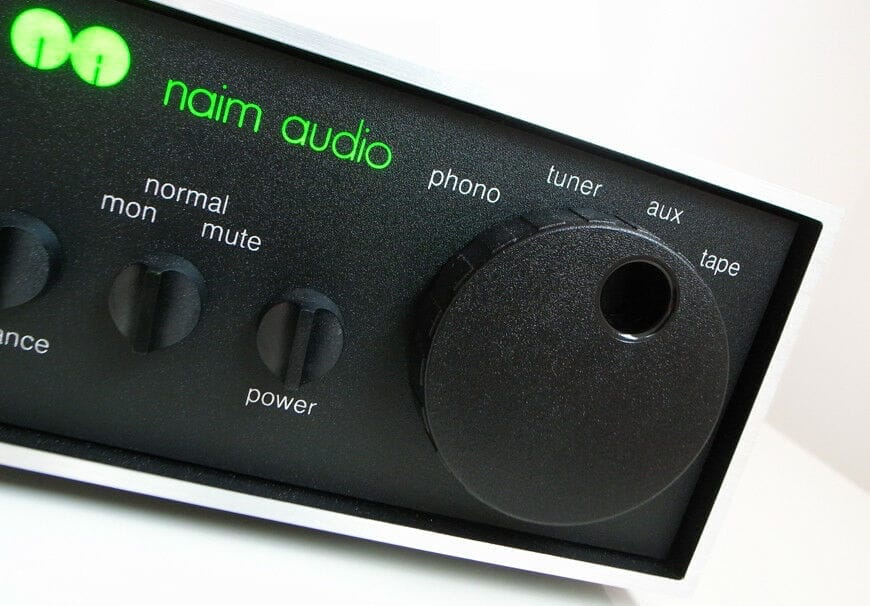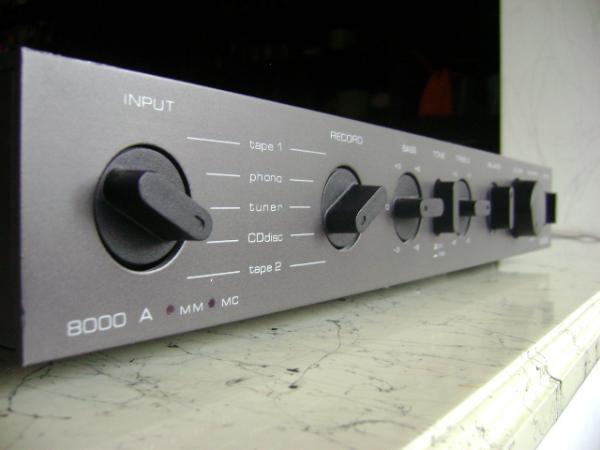Back in 1995, the globe was a completely different place. We were assaulted by a slew of black pressed steel-cased transistor amplifiers and CD players in hi-fi; Audiolab’s 8000a reigned supreme on the showroom floor, and HDCD was the buzz of the day. Valve amplifiers were slowly re-entering the public consciousness, but they were still viewed with skepticism and a fair degree of amusement by their numerous detractors. In the midst of it all, a small British business named Micro was developing a highly focused, eccentric preamplifier called the Micro, which gave excellent performance for the money and – shock, horror! – used valves!
The Vita, which cost £990 when it was released in 2006, was a larger, superior version. It features a large (100x400x300mm) chrome case with a black Perspex front, blue lighted legends, and large silver volume and source selector knobs. A slew of gold-plated phono sockets, including four line inputs, a phono input (with standard tube MM stage), and a single preamp out, can be found in the back.
It’s hardwired on the inside, with the majority of the wiring being utilized “in Broadcast Applications and Abbey Road Studios,” according to designer Glen Croft. The bypass and the solid flat OFC copper on the negative of the power supply caps are reported to be carefully tuned, and the selection switch is a high-quality gold-plated Palazzo switch. The pots are Blue ALPS kinds, although they were custom-made for Croft. The 6SL7 valves were chosen for their inherent warmth – for example, the Mullard non-military ECC35; while the military versions may survive longer, the audio valves sound better. “The VT 229 classic valve is typically quick and precise. According to Croft, the Sovteks were chosen because they are “clean, naturally warm, and have good frequency extension.”
Although the Vita’s material selection is amazing, you can’t say it’s as nicely put together as some of its competitors. It has a fragile feel to it that you don’t get from, say, Japanese things at the same price point. The switches are a tad noisy, and the enclosure is a little microphonic — rapping your knuckles generated a thud through the speakers.
This is a serious sounding preamplifier with a phonostage that outperforms the competition. It doesn’t win any awards for precision, detail, or depth, but it’s incredibly melodious and enjoyable to listen to. You’ll find the Croft warm and fluffy if you’re used to the chilly precision of taut, precise, clinical, and detailed transistor phonostages. It’s pointless to pretend differently. The bass is full and loose, with no control over the leading edges. The midband is two-dimensional, with inadequate fine detail resolution – it’s not forensic. Treble isn’t open and airy by any stretch of the imagination. Despite this, it’s around ten times more sonically compelling than your normal high-end transistor design. Simply put, the Croft has a natural feel that makes solid-states sound cold and mechanical.
“No More I Love Yous” by The Lover Speaks had a large, broad soundstage with excellent left-to-right staging. In the greatest sense of the word, it’s genuinely widescreen. It may not be as architecturally perfect as a transistor phonostage, but that would be missing the point. The Vita has a euphonic tone to it, which isn’t a bad thing. This makes the song extremely uplifting, as well as demonstrating the capabilities of tubes. Surprisingly, despite the sloppy bass, the beat is surprisingly compelling. This is due to the clarity of the midband. It’s capable of stringing a series of notes together in a unique way, and it’s all the better for it.
The Croft excels in jazz, as evidenced by Herbie Hancock’s The Prisoner, which has a superb sense of speed and displays the musicians playing together empathetically. The Vita emotes and demonstrates the point of the music, even if it doesn’t reveal every last technical aspect. The bass is rich and warm once more, while the treble is smooth, sweet, and a bit soft. The midband is a little sloppy and inaccurate, with bad front-to-back staging, but the Croft’s pace is a joy to listen to.
When listening to classical music, the sound comes out of the speakers with a nice, organic sensation. In my Deutsche Gramophon recording of Beethoven’s Pastoral Symphony (Karajan, Berlin Philharmonic), the strings have a lovely timbre, the Croft giving the sense of being there better than it has any right to. The Vita delivers a huge and bracing sound that pulls you into the vocals and midband melodies via the line level inputs; there’s less ‘hear through’ information than the MF Audio Passive Pre, but the Vita gives a large and bracing sound that pulls you into the vocals and midband melodies. It’s a little noisy, a little hissy, and a little loose and colorful on the downside.
In the grand scheme of hi-fi preamplifiers, this isn’t a universal panacea, but it is a quirky and endearing instrument that is flawed yet entertaining. It was a great buy when it was new, and it’s even better now if you can get it or its Micro companion for under £300. A charismatic product that deserves to be loved, flaws and all.







